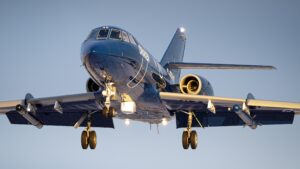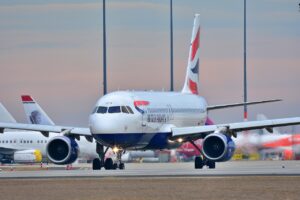An Overview Of The Aircraft Design Process
The aircraft design process is a multifaceted endeavour; it is both complex and disciplined. This blog offers a streamlined overview of the key stages involved in aircraft design.
What Is Aircraft Design?
Aircraft design encompasses the conceptualisation, development, evaluation, and refinement of aircraft systems and components.
This process requires the formulation of technical data and the use of computational analysis to design, assess, or optimise solution-based concepts according to client demands. Optimising design concepts to meet industry standards and safety regulations often involves prototype testing to evaluate the functionality and durability of designs.
Aircraft Design Vs. Airframe Design
Recently, we published the blog Airframe Design: A Comprehensive Overview. While airframe design is a similar discipline to designing an aircraft, it relates to different stages/elements of the complete design process.
Airframe design focuses on creating the underlying mechanical structures of various types of aircraft, from passenger planes to military jets. There can be no aircraft design without airframes.
Aircraft designers will look at airframe logbooks from different aircraft examples to verify that they have complied with all necessary maintenance guidelines.
While airframe design focuses on the individual facets of an aircraft, aircraft design looks at how it all works together as a cohesive structure.

One Design Process Fits All
No matter the scale of a project, whether designing the AIRBUS H135 Human External Cargo Static Basket Type 4A, or an installation on BOEING 757, the same design process is conducted each time.
You may be thinking ‘This explains why many competing designs look similar’. However, this is not the case. Designing an aircraft comprises varying needs. Usually, if a design is repeated, or becomes ‘typical’, it’s because this is the best compromise. Individuality cannot come at the price of safety.
This does not mean the role of engineers is void. Their task, to evolve designs and keep up with the rapid momentum of technological developments, is vital. It is only the key 3-stage process to design which remains consistent.
The Aircraft Design Process: Step By Step
Mission Definition
A mission definition is required before the design process may commence. It is used to define the aircraft’s state and flight characteristics. The characteristics identified then serve as necessary design requirements.
This scenario-based approach is used to establish the operations that an aircraft must be able to accomplish, as well as weight, fuel, payload, range, speed, flight altitude and loiter. Mission definitions will be specific to the type of aircraft.
Conceptual Design
Once configurations are established, rough sketches are drawn. In this conceptual design process, designers seek to achieve all the requirements outlined by the mission definition. They must also consider features such as wing location, engine size and more.
Often, in this process, conceptual designers will evaluate different concepts, to opt for the one that best accomplishes all the design requirements. As this is the first stage of the process, all design features must be considered, in various ways.
Preliminary Design
During the preliminary design phase, the conceptual design is optimised to fit into the necessary parameters. At this stage, approved sketches are used to make models, which are used to conduct further testing, such as wing location tests.
The design fundamentals are tweaked and remodelled through structural and control analysis. Designers will identify structural defects and correct them before leading into the third and final stage.
Detailed Design
At this stage of the process, designers will finalise the aircraft design. All the design elements are determined and specified, as well as the quantity of elements such as ribs, spars, sections and more.
In the preliminary stage all aerodynamic, structural, control and performance aspects are tested. Now, those designs are developed into a functional aircraft model. This stage may include flight simulations to test the success of the design and ensure it functions as originally intended.
While a detailed design technically completes the design process, prototyping and testing may call for revisions. An aircraft then requires airworthiness certification before a design may be considered operational.

Modern Aircraft Design Considerations
Modern design integrates rapidly advancing technologies and systems with current configurations.
Engineers aim to achieve designs that are environmentally conscious and cost-effective. Consumers demand that designers address issues such as carbon footprint reduction, lower noise pollution and improved passenger comfort.
Follow this link to read more on current research being undertaken in modern aircraft design.
Designing With AFD
At Airframe Designs, we deliver reliable 2D datasets and 3D models to enable the manufacture of mechanical products. If you wish to read up about our previous successful design projects, follow the link to our capabilities page.
For more than 30 years we have excelled at solving complex engineering problems. If you have any queries about aircraft design or need expert advice, please contact us.

